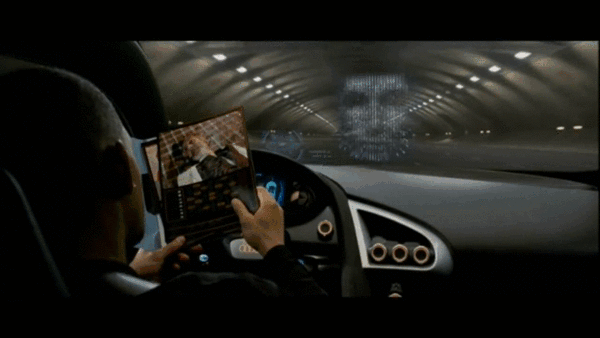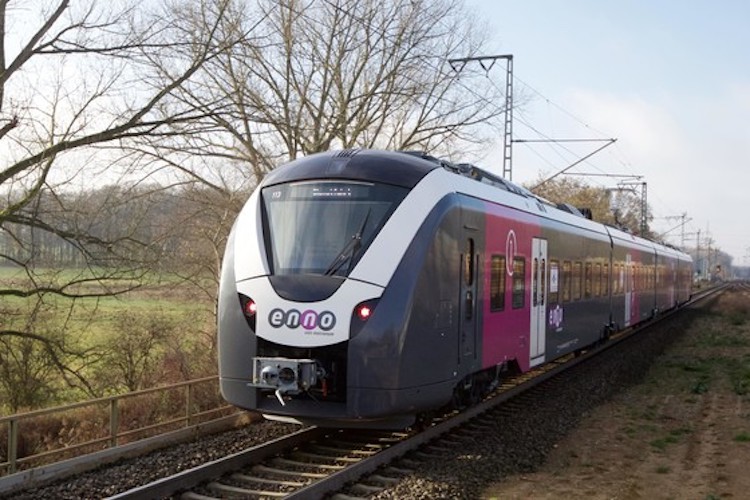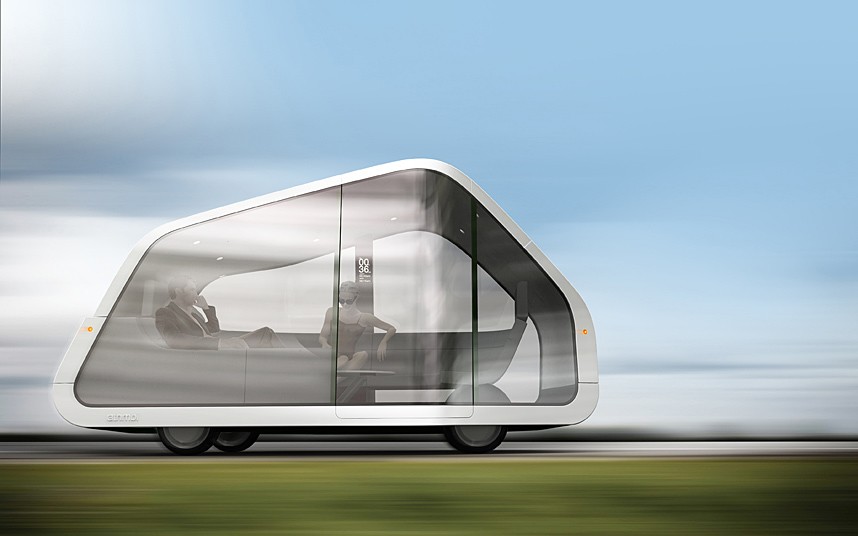
Automated transport ‘could propel development forward’, say World Bank analysts
Automated transportation and mobility systems – such as autonomous cars, driverless trains, elevators, escalators and moving walkways – “could propel development forward” for the global economy, according to World Bank analysts.
Writing on the World Bank blog, Michael Lokshin, lead economist, Europe and Central Asia, and David Newsom, retired World Bank senior IT manager, say that although the vast majority of new transportation ideas do not succeed, innovation should nonetheless be encouraged.
“Despite impressive technological strides, attempts to automate transport operations are usually met with reactions that can range from mild skepticism to downright hostility,” say Lokshin and Newsom in their article.
“Yet automated transport solutions could bring significant benefits to both developing and developed countries, including lower operating costs, greater flexibility, and higher safety standards.
“If we get it right, automation could ultimately make transport ‘smarter’ and address many adverse consequences of our current mobility system: road fatalities, pollution, congestion, time and productivity losses, and so on.

“But there is more. The ongoing Covid-19 crisis has shown the importance of building stronger mobility systems and minimizing human interaction in certain critical sectors like transport.
“In light of this experience, automation could be a powerful way to create stronger transport systems and be better prepared to face future shocks.”
Elevator music
Maybe it’s easy to forget that, in decades past, elevators were always operated by a human worker inside it, and indeed the two authors highlight elevators as a “rare example a technology that was fully automated over the last 50 years”.
The tipping point in the elevator automation, they write, was the 1945 strike of New York City’s elevator operators that costs the city more than $100 million.
Economic incentives and a massive effort to instill trust in the operatorless technology brought autonomous elevators into the mainstream, eliminating tens of thousands of elevator operators’ jobs as a result.
The ubiquitous introduction of passenger operated emergency equipment such as a stop button, alert bell, and a telephone played a pivotal role in persuading the public that they remained safe in an operatorless elevator car.
Today, elevators are a massive global business, with one of the leading companies in the sector, industrial conglomerate ThyssenKrupp, recently selling its elevator business unit for more than $17 billion.

On-track mind
Lokshin and Newsom say that, after elevators, railway automation might seem like the next logical step. After all, elevators and trains share many similarities, and elevators were even called “vertical railways” when they were first patented in 1859.
Long-distance railways have been slow to automate, although recently Alstom, one of the largest manufacturers of rolling stock, unveiled a driverless train which the company is testing in Germany.
Meanwhile, shorter railway journeys have been automated for quite some time. London Underground’s Victoria line, which opened in 1967, is said to be the first line operated using an “Automatic Train Operation” system.
By 2019, 64 automated metro trains ran in 46 cities around the world, according to the authors, who say that the estimated economic advantages of ATO are “plentiful”.
Studies cite improved operational safety and lower rail fatalities with staff savings as large as 70 percent, and more than 30 percent improvement in energy efficiency.
The space previously occupied by train operators could be utilized to accommodate more passengers.
Train automation also provides “elastic capacity” – part of what drives the improved efficiency – allowing the adding of trains during peak hours and removing trains at night or on holidays.
The estimated rate of return for train automation is 10 percent to 15 percent, according to Lokshin and Newsom, who suggest that the technology’s adoption is prevented by unions who argue that artificial intelligence vision systems are not capable of identifying and reacting to obstacles far in the distance and, therefore, are not yet safe enough.

We’re on the road to somewhere
Lokshin and Newsom also highlight autonomous car technology, which has been written about endlessly over the past few years, not least on this website.
The authors say that here, too, disurptions to the labor market are a “major hurdle”, with the mere idea of driverless taxi companies causing protests in many countries.
“Self-driving vehicles will likely face significant resistance from the millions of truck and taxi drivers whose jobs might be undermined by automation,” note Lokshin and Newsom.
Moreover, the authors acknowledge the greater complexity involved in the operation of autonomous cars on road networks that are not only like mazes themselves but have a bewildering array of random people and objects all over the place.
“From a technical standpoint, self-driving cars raise a number of safety concerns that are much more complex to overcome than the potential issues of ATO,” say Lokshin and Newsom.
“And unlike railways, where an entire line can transition to automatic operation all at once, autonomous cars would have to coexist with human-driven cars for many years.”
